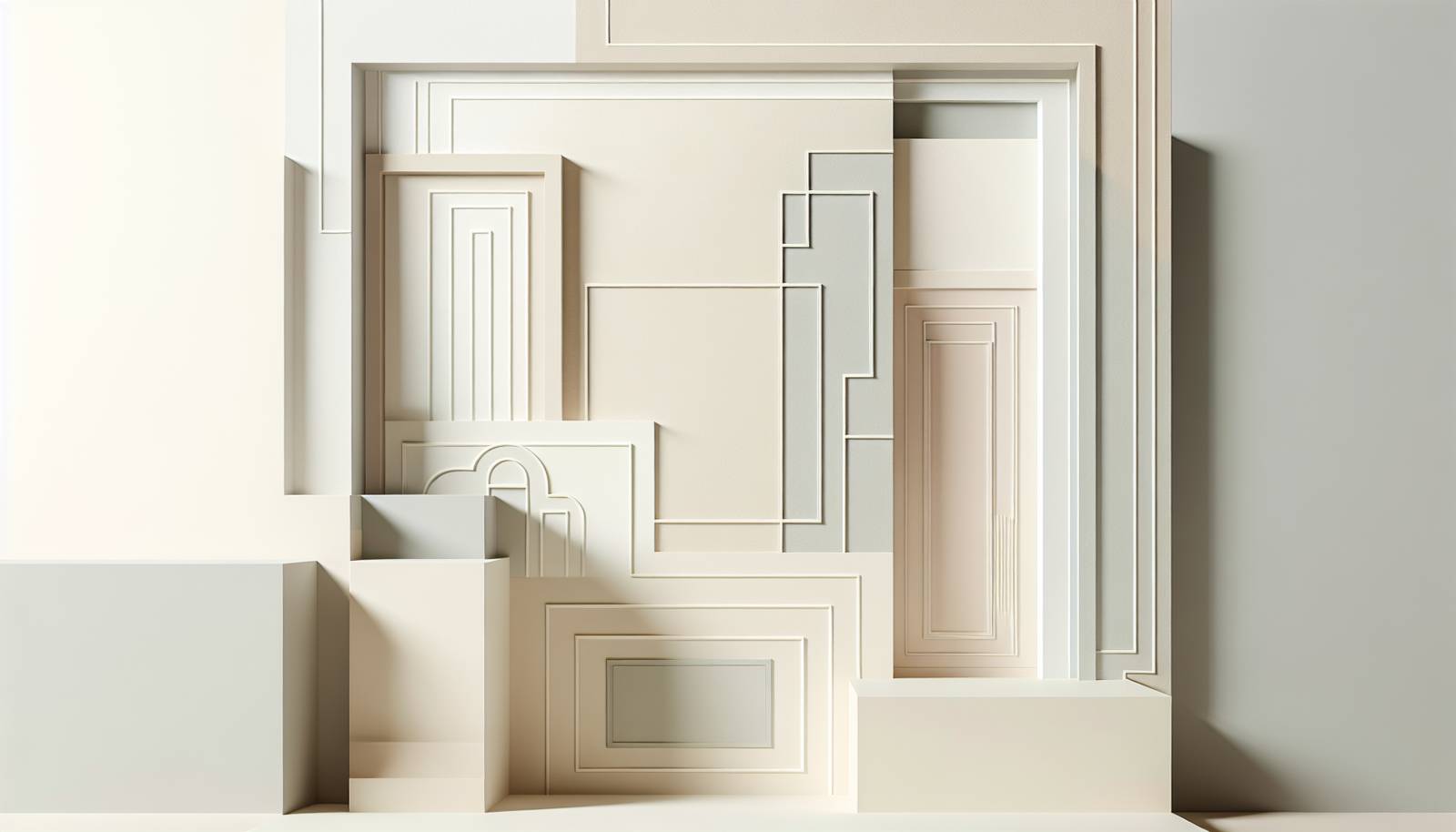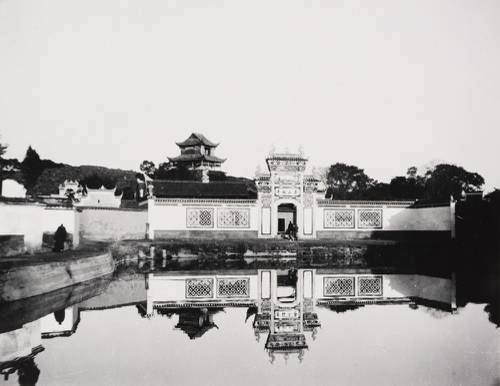
FAQ About The Evolution of Architectural Photography in Cultural Documentation

What is architectural photography?
Architectural photography focuses on capturing images of buildings, structures, and interior spaces. The goal is to represent these elements in a way that is both aesthetically pleasing and accurate in detail. This type of photography highlights design features, architectural styles, and the relationship of buildings with their surroundings.

How has architectural photography contributed to cultural documentation?
Architectural photography plays a vital role in cultural documentation by preserving the visual history of architectural achievements and urban development. It captures the transformation of cities and reflects cultural identities over time, ensuring that changes in architectural styles and the evolution of spaces are recorded for future generations.

What role does architectural photography play in heritage preservation?
Architectural photography is crucial for heritage preservation as it provides a visual record of historic and culturally significant structures. It helps stakeholders understand architectural significance, aids in restoration efforts, and raises public awareness about the need to preserve these cultural landmarks.

How has the evolution of urban landscapes been documented through photography?
Photographers have documented urban landscapes by capturing both iconic and mundane architectural elements, reflecting changes in design trends and city planning. Over time, this has created a comprehensive visual history showing the ongoing development and transformation of urban environments.

What are some common techniques used in architectural photography?
Common techniques in architectural photography include the use of perspective control to prevent distortion, long exposure to capture details in varying light conditions, and compositional strategies such as leading lines and symmetry to enhance the visual impact. Photographers may also use drone photography for aerial views of large structures or urban areas.

How has digital technology impacted architectural photography?
Digital technology has revolutionized architectural photography by allowing for high-resolution images, advanced editing techniques, and the ability to capture and share photos instantly. It has also introduced new tools and methods like HDR (High Dynamic Range) imaging and stitching for wide panoramas, enhancing the representation of architectural spaces.

Can architectural photography influence public perception of urban spaces?
Yes, architectural photography can significantly influence how the public perceives urban spaces. By highlighting certain design features, compositions, or angles, photographers can shape narratives around buildings and cities, impacting public opinion and potentially influencing urban development policies.

What are some challenges faced by architectural photographers?
Architectural photographers often face challenges such as varying lighting conditions, restricted access to private properties or protected sites, and the need to accurately represent both scale and detail in a single frame. Additionally, they may have to navigate the legal and ethical considerations of photographing public spaces.

How do historical photographs contribute to our understanding of past architectural styles?
Historical photographs provide invaluable insights into past architectural styles by showcasing the design elements, construction techniques, and aesthetic values of different eras. They serve as primary sources for researchers, historians, and architects to study urban development and cultural heritage.

What is the significance of aerial photography in documenting urban landscapes?
Aerial photography offers a unique perspective on urban landscapes, capturing the spatial relationships and overall layout of cities from above. This bird’s-eye view is significant for documenting how urban areas grow and change over time, helping planners and historians analyze patterns in urban development.

How do architectural photographers choose their subjects?
Architectural photographers choose subjects based on various factors including historical or cultural significance, aesthetic appeal, architectural innovation, or personal interest. They often look for structures that tell a story about a place or represent a particular architectural style or movement.

What is the relationship between architectural photography and urban planning?
Architectural photography provides visual documentation that can inform urban planning decisions. Planners and developers use these images to assess existing conditions, evaluate spatial relationships, and promote projects. Photography is also used to engage the public in urban planning processes by visualizing proposed changes.

How can architectural photography help promote cultural tourism?
Architectural photography can promote cultural tourism by showcasing the unique and iconic architecture of a city or region, attracting visitors interested in design and history. High-quality images draw attention to cultural landmarks and architectural heritage, encouraging tourists to explore and appreciate these sites in person.

Are there any influential architectural photographers known for their work in cultural documentation?
Yes, several influential architectural photographers are celebrated for their contributions to cultural documentation. For example, Ezra Stoller is renowned for capturing modernist architecture, while Berenice Abbott is known for her work on the evolving skyline of New York City. These photographers have significantly shaped our understanding of architectural history and urban transformation.

How does architectural photography intersect with art?
Architectural photography intersects with art through the creative representation of structures and spaces. Photographers often employ artistic techniques to emphasize form, symmetry, and aesthetics, transforming buildings into subjects of visual art. This artistic approach can evoke emotions and draw attention to the nuances of architectural design.

What ethical considerations do architectural photographers face?
Architectural photographers must navigate several ethical considerations, such as obtaining permission to photograph private or restricted properties, respecting the privacy of individuals in public spaces, and accurately representing the architecture without misleading enhancements. They must also consider the impact of their work on local communities and cultural heritage sites.

How do advancements in camera technology benefit architectural photographers?
Advancements in camera technology have provided architectural photographers with tools to capture more detailed, high-quality images. Innovations like higher resolution sensors, improved dynamic range, and image stabilization allow photographers to work in diverse lighting conditions and capture intricate architectural details with precision.

How important is context in architectural photography?
Context is crucial in architectural photography as it situates a building within its environment. By showing the surrounding area and landscape, photographers provide a broader understanding of how a structure interacts with its location, enhancing the viewer’s appreciation of its design and functionality within an urban fabric.

What is the future of architectural photography in cultural documentation?
The future of architectural photography in cultural documentation will likely involve greater integration with digital platforms, virtual reality, and augmented reality, allowing for immersive experiences. As cities continue to evolve, architectural photography will remain an essential tool for documenting these changes and ensuring cultural heritage is preserved for future generations.

How does architectural photography contribute to the architectural profession?
Architectural photography contributes to the profession by providing a means to present, critique, and celebrate architectural work. High-quality images are essential for publications, exhibitions, and portfolios, helping architects communicate their designs to clients, peers, and the public. They also offer a historical record of architectural projects and trends.
